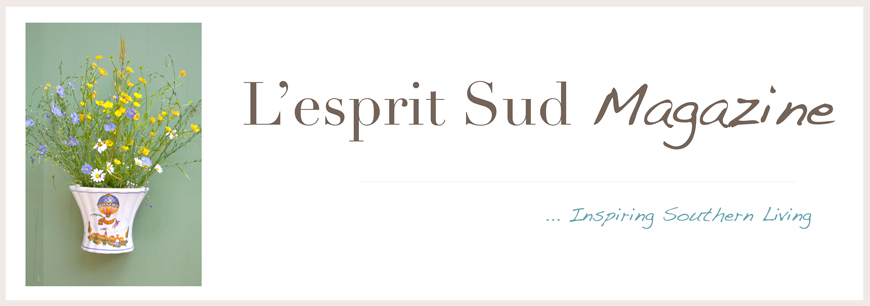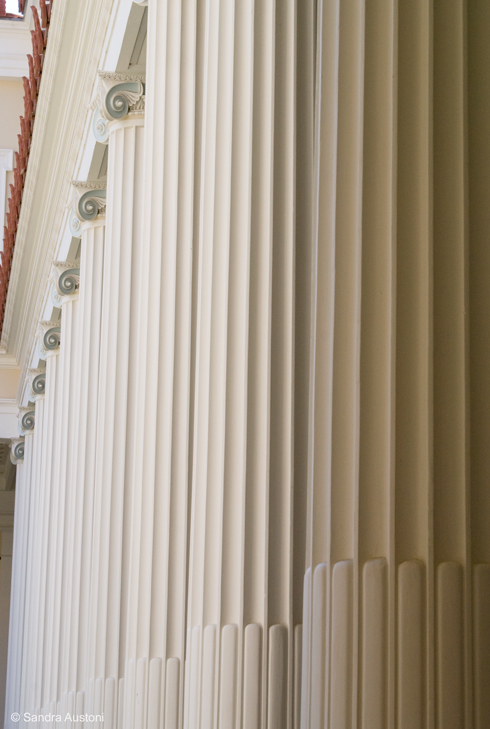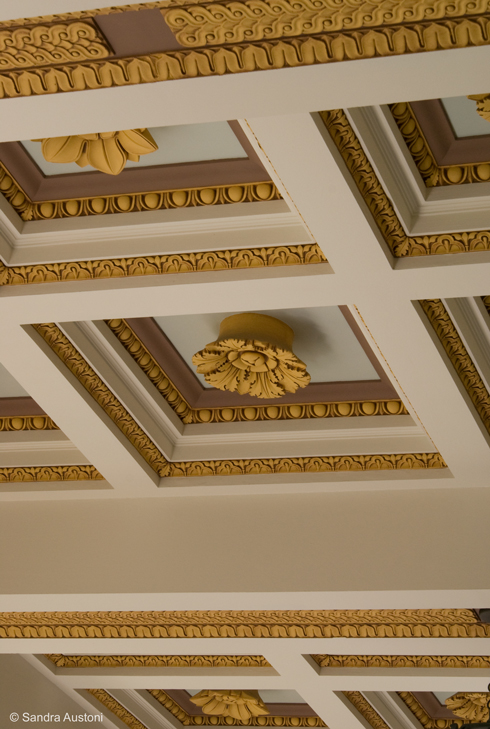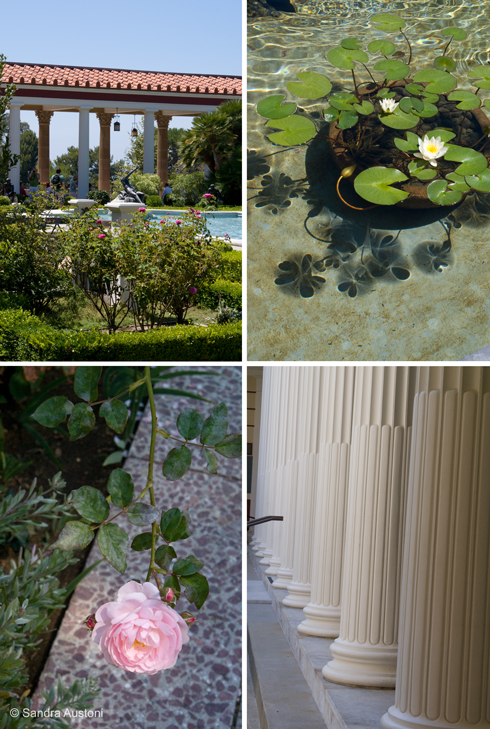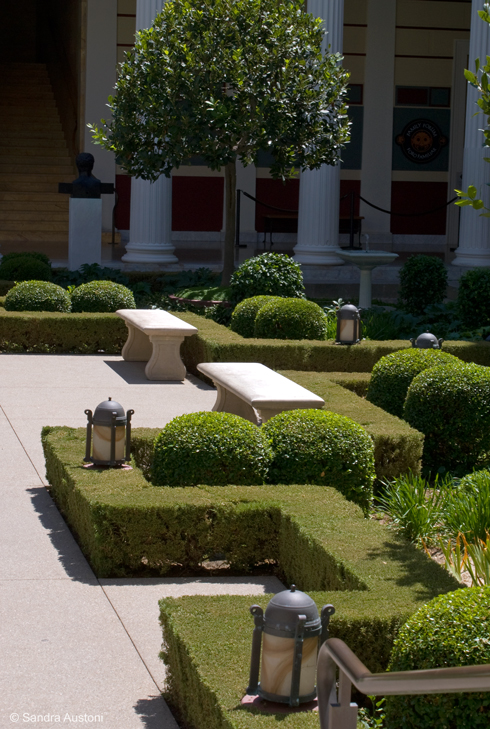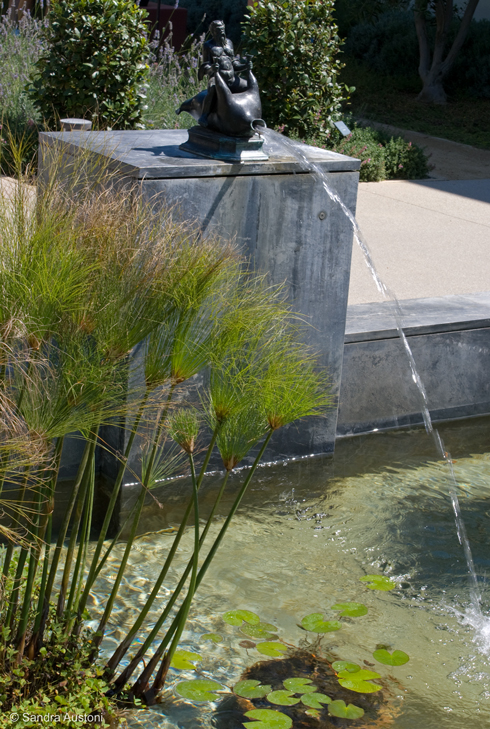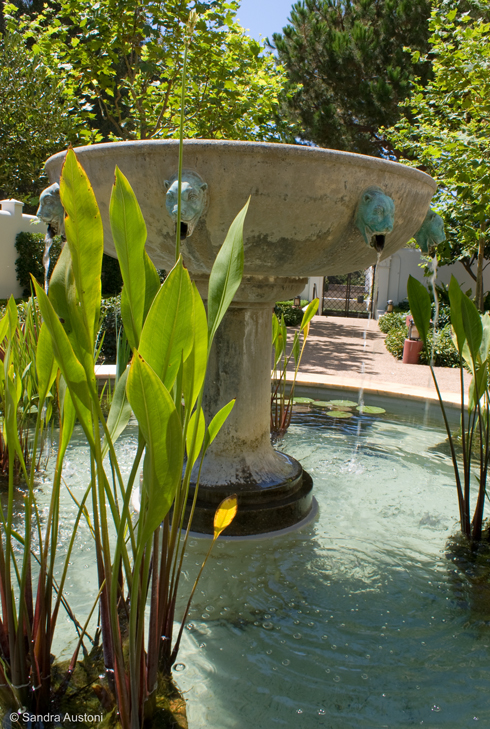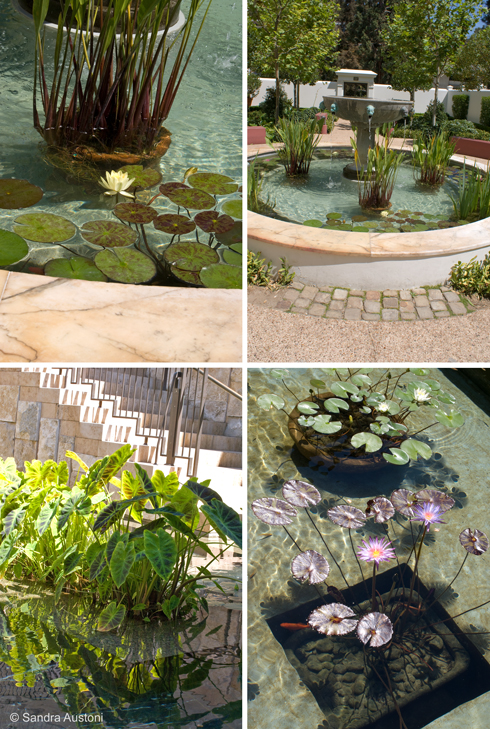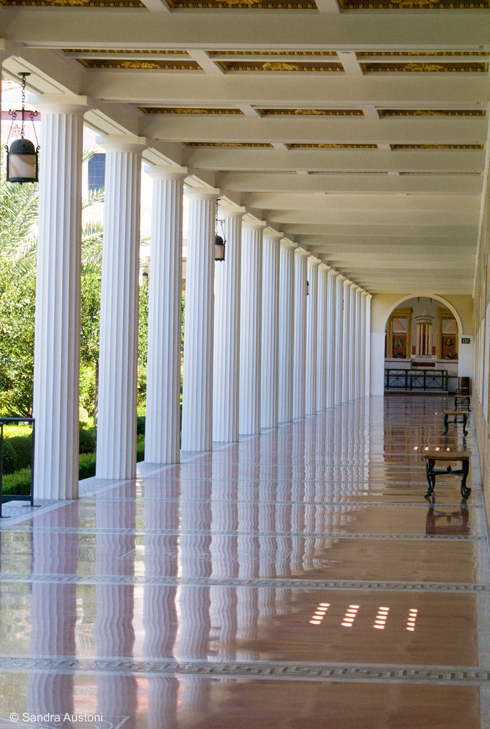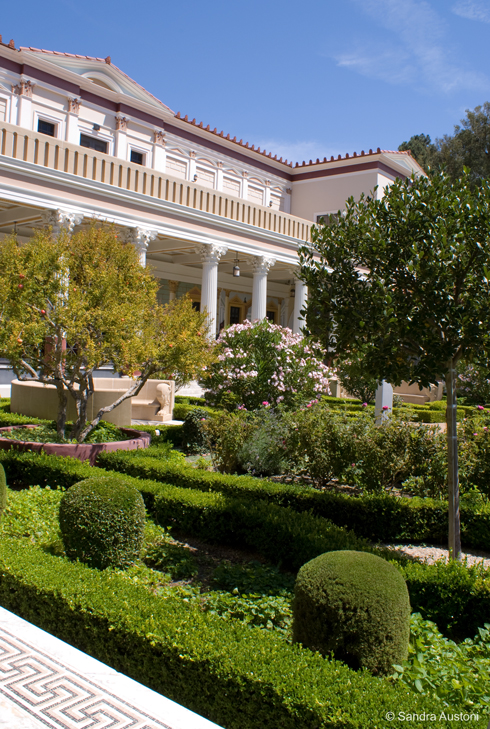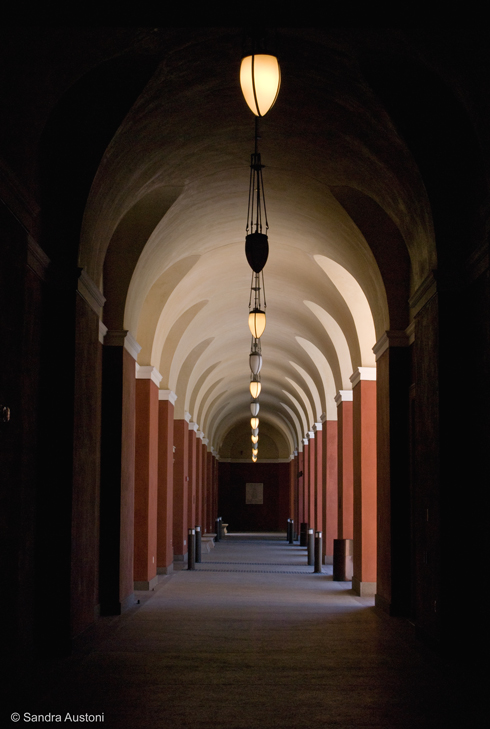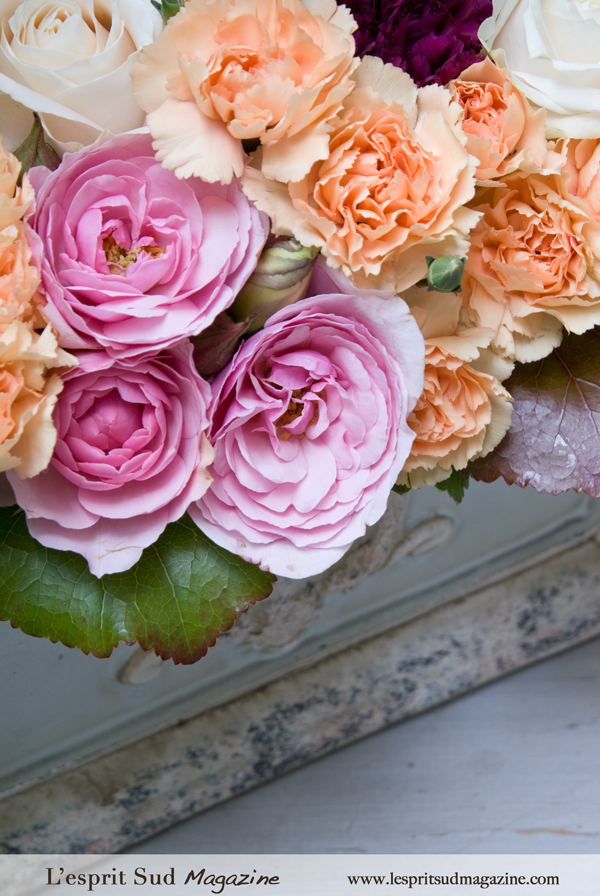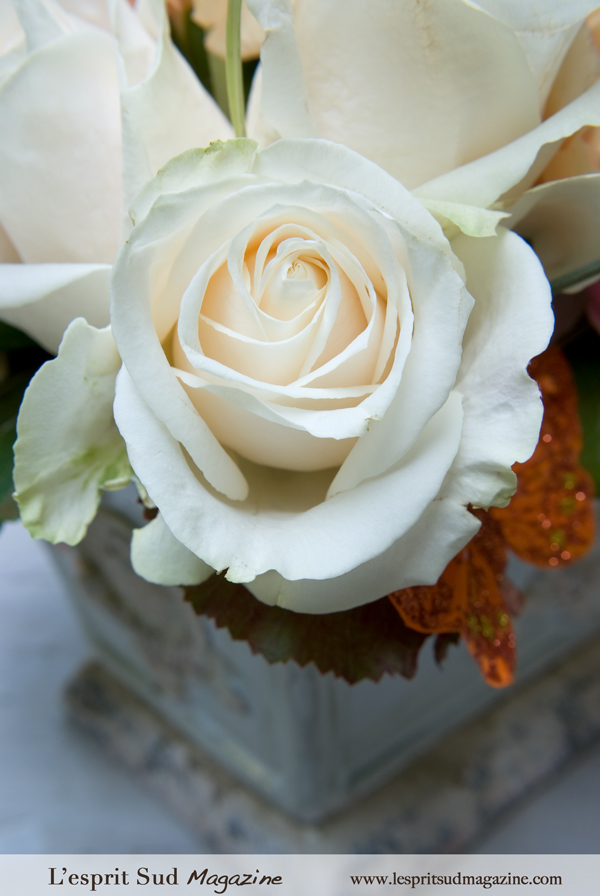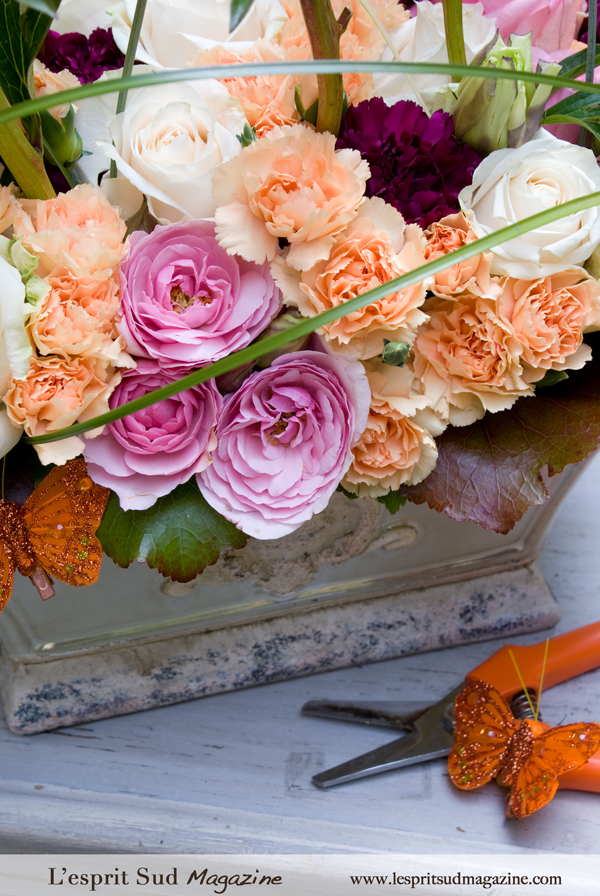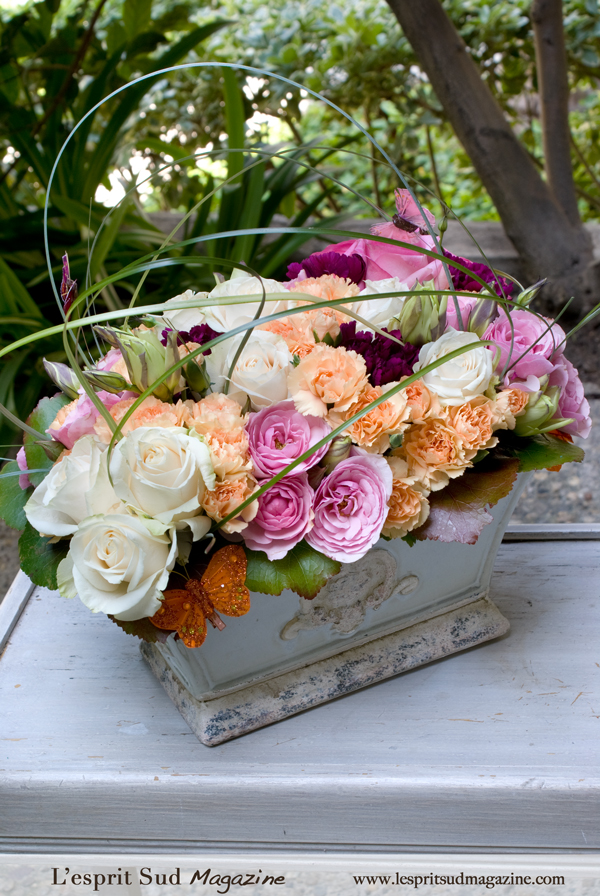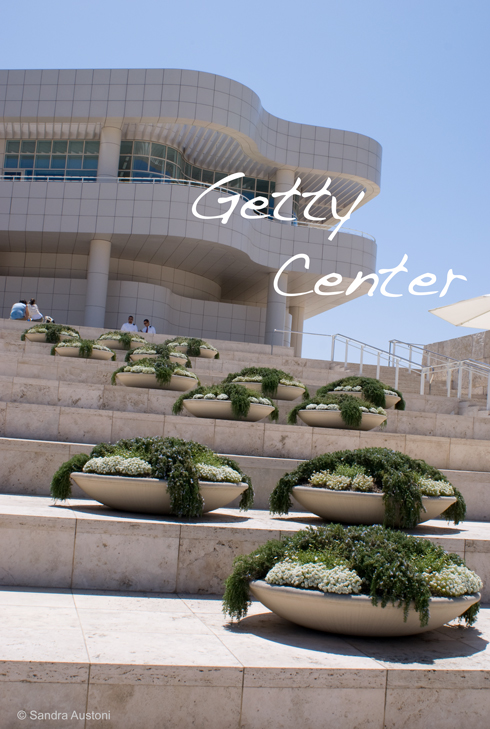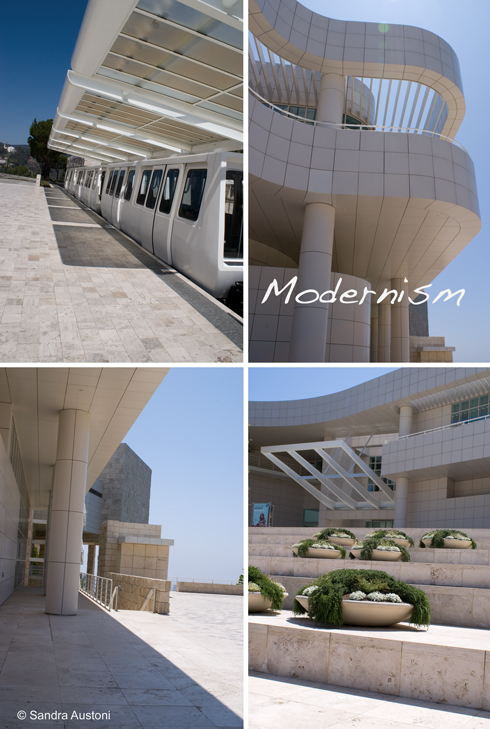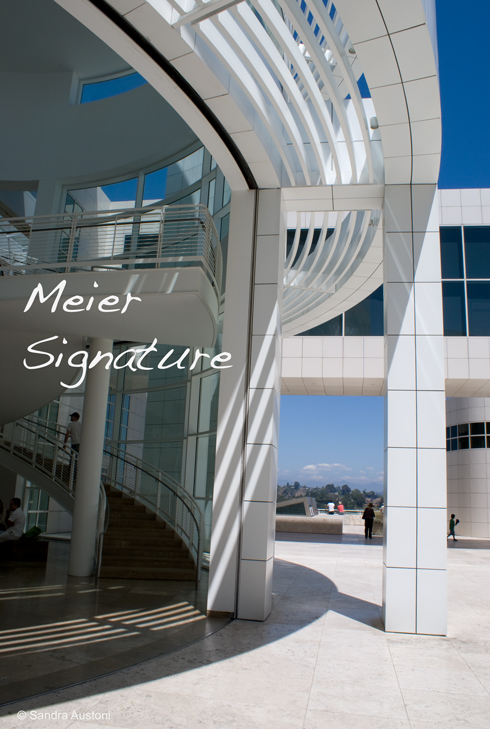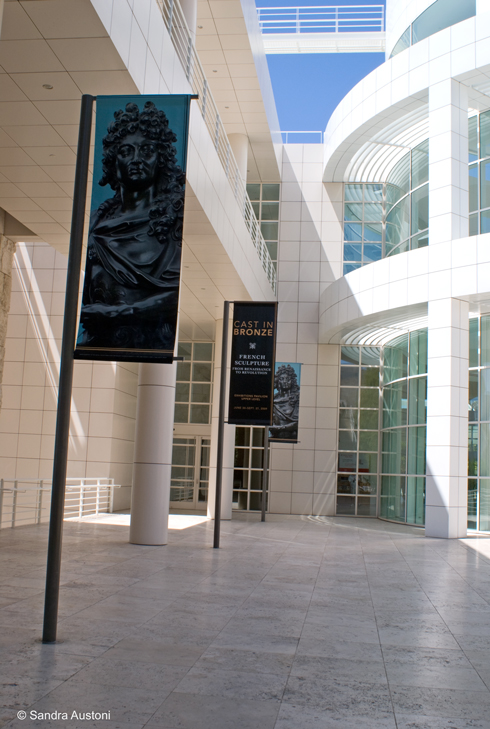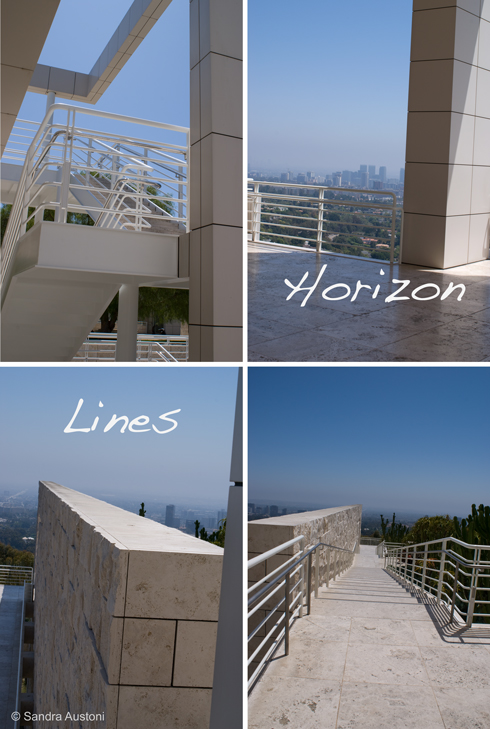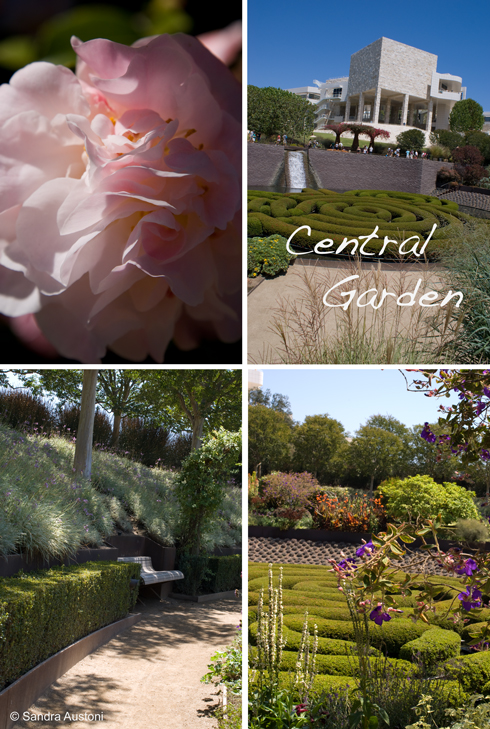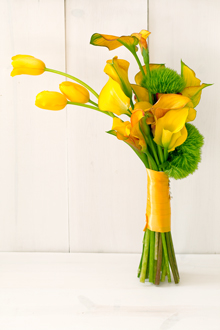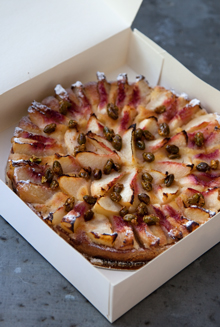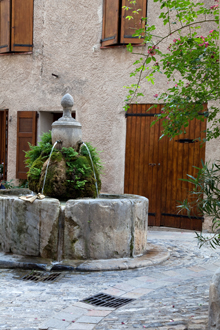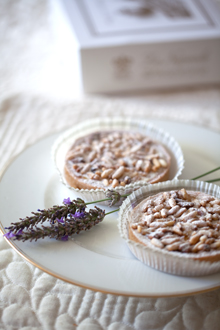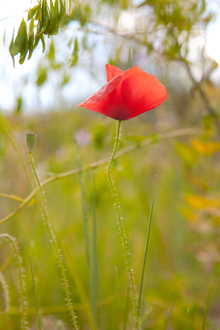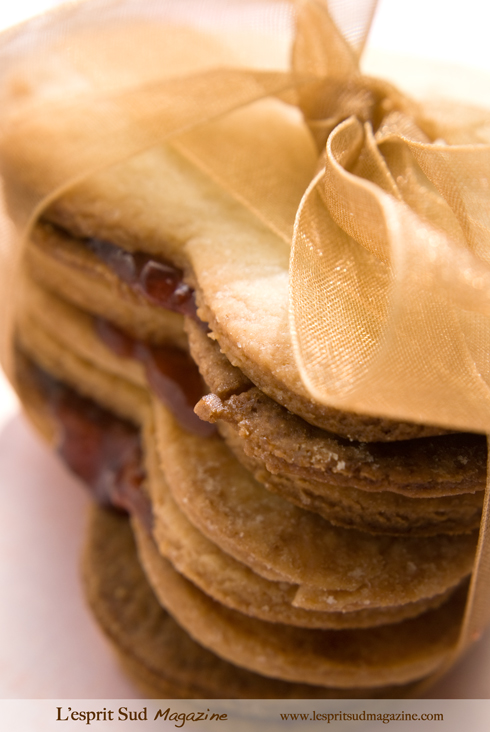
Shortbread cookies are always appreciated anytime of the year. Although it is quite easy to find these butter cookies in supermarket, nothing beats the quality of the homemade version. They require a little bit of work since the base is a Pâte sablée which can be very tricky to work with. However, what the pastry may lack in "easiness" is largely compensated by its delicacy. If you are looking to surprise your loved one on Valentine's Day (or any other occasion), the gourmet shortbread sandwich cookie we are presenting today will go beyond your expectations!
This shortbread cookie is delicious alone, but when combine them with a raspberry preserve, the subtle nutty flavor of the butter is largely enhanced. If you are planning to ship these cookies, it will be a good idea to pack the preserve separately and leave your loved one(s) to perform the final assemblage. Otherwise, a couple of hours is all you'll need to wow children and grown-ups.
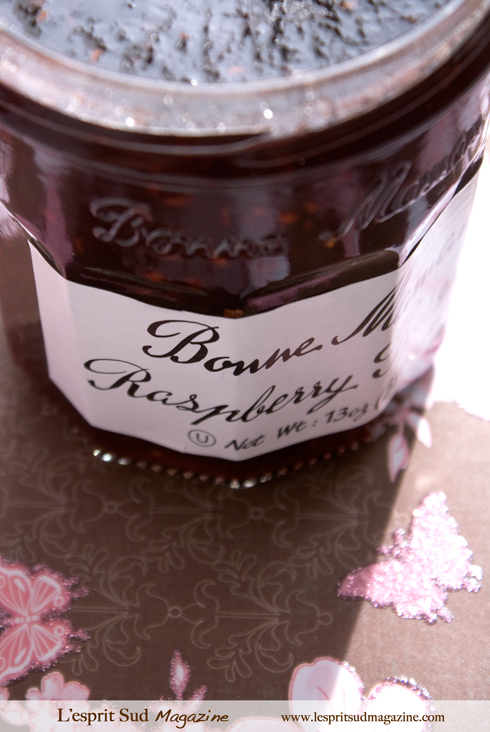
We are using the French raspberry preserve "Bonne Maman"

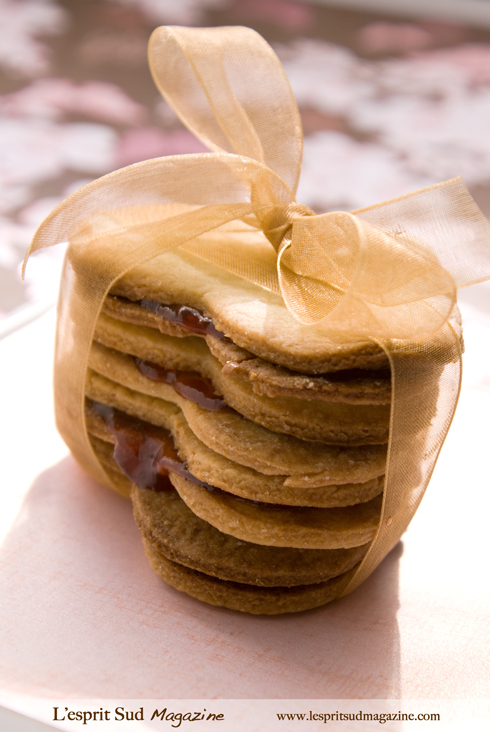
Gourmet shortbread sandwiches cookies
(This is recipe is for 20 sandwiches)
2 1/3 cup (300g) of sifted flour
2/3 cup (150g) of butter, soften
2/3 cup (125g) of sugar
1 egg yolk at room temperature
¼ cup (60g) of heavy cream
1 tsp of vanilla extract
1 jar of raspberry preserve (or any flavor of your choice)
In a mixing bowl, process the butter and sugar until the mixture becomes light. Add the flour, then the egg. Finally, add the cream and vanilla extract. Do not overwork the dough. Let it rest in the fridge for 1 hour.
When ready to work the dough, preheat the oven at 350˚F (180˚C) and line several cookie sheets with wax paper.
Roll the pastry out between 2 sheets of non-stick baking paper, rolling from center out and turning it to ensure even rolling. Peel off the top sheet of baking paper. Using a cookie cutter, cut 40 heart shapes and place them on the prepared cookie sheets.
Bake them for 10 - 12 minutes or when they start to take a golden color. Be mindful not to leave the cookies too long in the oven as they tend to overcook rather quickly. (They will take a darker color as they cool off.) They are also very fragile when still hot, so use a large metal spatula to place them on a cooling rack.
Bake them for 10 - 12 minutes or when they start to take a golden color. Be mindful not to leave the cookies too long in the oven as they tend to overcook rather quickly. (They will take a darker color as they cool off.) They are also very fragile when still hot, so use a large metal spatula to place them on a cooling rack.
Once completely cold, create the sandwiches by scooping a teaspoon of preserve inside one cookie and topping it with another one. Repeat the operation until all cookies are used.
The cookies can be kept airtight for 2 to 3 days, although they are so delicious ... that they rarely last so long!
The cookies can be kept airtight for 2 to 3 days, although they are so delicious ... that they rarely last so long!
